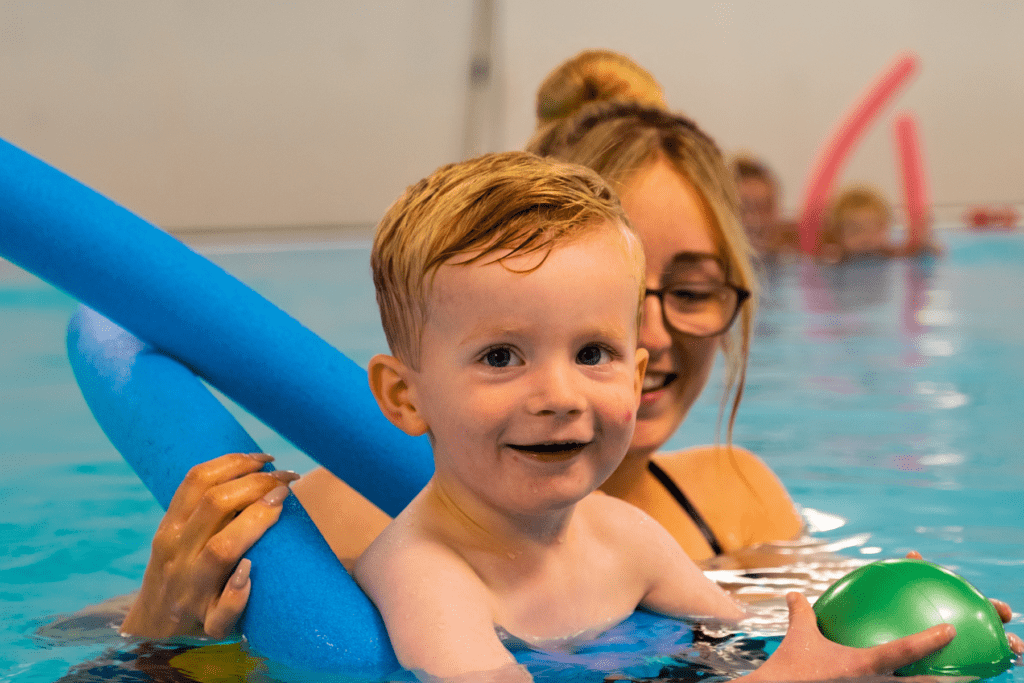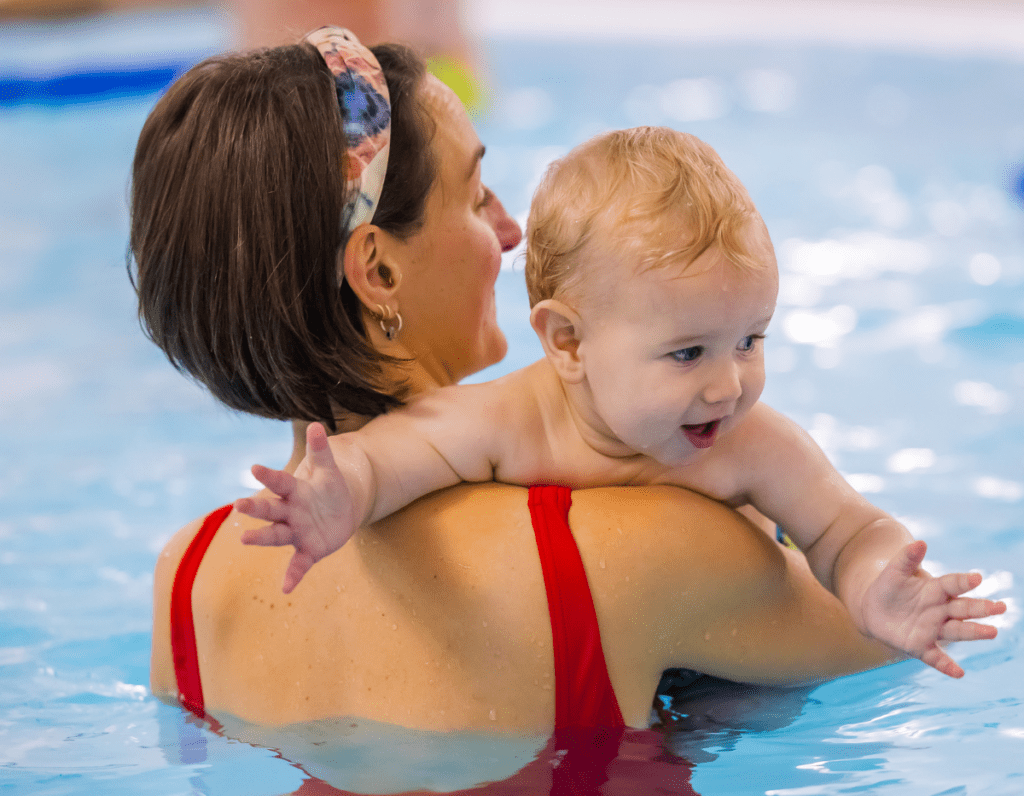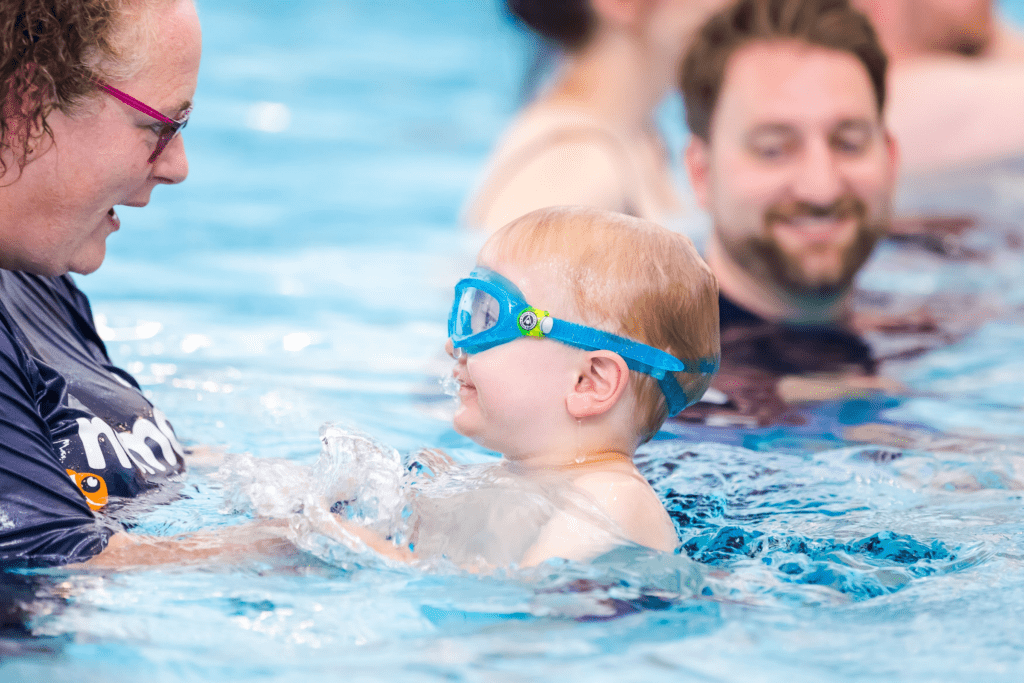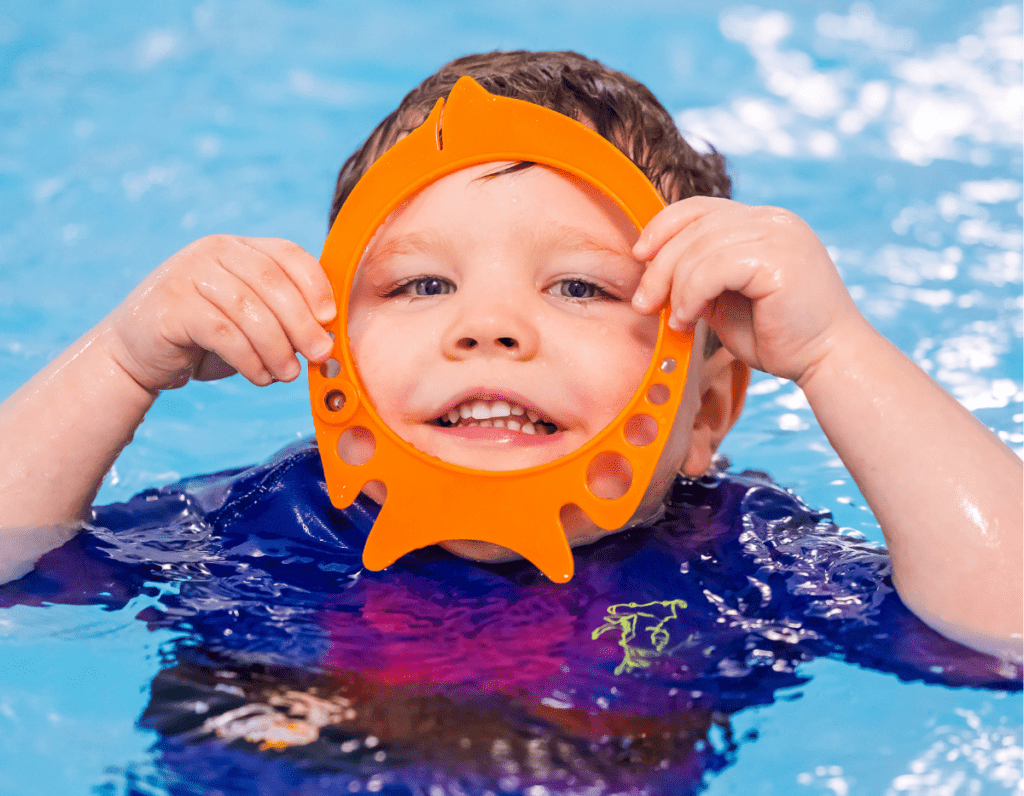
Dealing with the water wobbles: some practical tips
The water wobbles… a phase that most young children (our own included) will go through at some point. Something that we have seen countless times. Something that is completely normal. And something that is – we promise you! – just a phase.
What are the water wobbles?
We use the term “water wobbles” to describe that phase when a child’s enjoyment of the water – and their swimming lessons – changes. They may become more cautious, more clingy, cry more than usual, and become shy or less comfortable around their teacher.
It affects most children at one point. Most of us here at Nemo Swimming have children of our own, and we have “been there, done that, got the t-shirt” when it comes to dealing with the water wobbles.
>> Our experiences with the water wobbles
When and how do the water wobbles affect children?
The water wobbles can happen at any time but they are most common between the ages of eight and 24 months. They often coincide with children starting nursery, a time when they are spending more time away from their grown-ups. The wobbles are also common as children get a bit older and start becoming more independent. They are starting to crawl, walk and become more adventurous.
For some children, both of these things happen at the same time. They are becoming more independent, more adventurous… at the same time, separation anxiety is beginning to rear its head as your little one is spending more time away with you. In the pool, this leads to a confusing “push and pull” situation where a child wants to be independent and wants to cling to their grown-up at the same time. The result? Tears, frustration, a feeling of bewilderment for the child. And, of course, thoughts of “what on earth is going on?!” from the child’s grown-ups.
There are many other things that can trigger the water wobbles – you might have recently moved your baby to their own room at bedtime, there might have been a change of carer at nursery, a new baby has arrived at home, a friendship has changed… the list is endless and, with a lot of things baby and toddler-related, there isn’t always a clear cause or trigger.

Practical tips for dealing with the water wobbles
We really can’t stress this enough… the water wobbles are a normal part of a child’s development. Pretty much every child will go through them. And they are just a phase.
That being said, there are some things that you can do to help your child (and you!) – things that we have tried and tested ourselves, and things that have helped our customers over the years.
Give it time (and keep on swimming)
The most important thing you can do is keep at it. It is (and you’ll be sick of us saying this now!) just a phase. A tricky one, for sure, but one that your child will get through with time. One of the best things you can do is, without doubt, to keep on swimming.
Praise, praise and more praise
When you’re in the water (and away from your lessons), continue to give your child loads and loads of praise. Praise the little things as well as the big things. Keep on encouraging them.
Keep them close
Separation anxiety is one of the main triggers when it comes to water wobbles so be sure to keep them close in the water. They need to be able to see you so you may find that adjusting your hold might help too (your Nemo Swimming instructor will help here).
Change things up
Your Nemo Swimming teacher will work with you to adapt activities where needed, and this can really help. As well as changing the activities, you can try switching up the holds that you are using so that you little one can see you and feel more supported. You might even find that switching to a different pool or a class at a different time or with a different teacher could help.

Bring their favourite toy
If your child has a favourite doll or cuddly toy, bring it to their class with them. Sit it on the side of the pool, ask another grown-up to place it near the window in the viewing area, or even bring it into the pool with you. Encourage your little Nemo to show their favourite toy how clever they are!
A problem shared…
A lot of the other parents in your class will have been through the wobbles with their child already. Some might be going through it at the same time. Chat to them about what is going on. As they always say, two (or more!) heads are better than one! Also speak to your Nemo Swimming teacher, or to our friendly office team. Most of us wear parent hats ourselves so can relate. Trust us when we say that, when it comes to the wobbles, you are never alone!

Our personal experiences with the water wobbles
When we say the wobbles affect everybody, we really do mean it! Our instructors have been through it with their kids, our office staff have experienced them with their little Nemos… Even our founder and director Phil has gone through them with his little boy!
Hear about our own experiences with the water wobbles, including what we tried as parents, what helped, and what happened once our little ones came out the other side of this phase.
>> Our experiences with the water wobbles
Got a question?
We are always here to help! Whether you need some advice, or just to talk through what’s been happening. Contact our friendly support team, reach out to your instructor, or speak to a member of staff around the venue. We’ve got you!